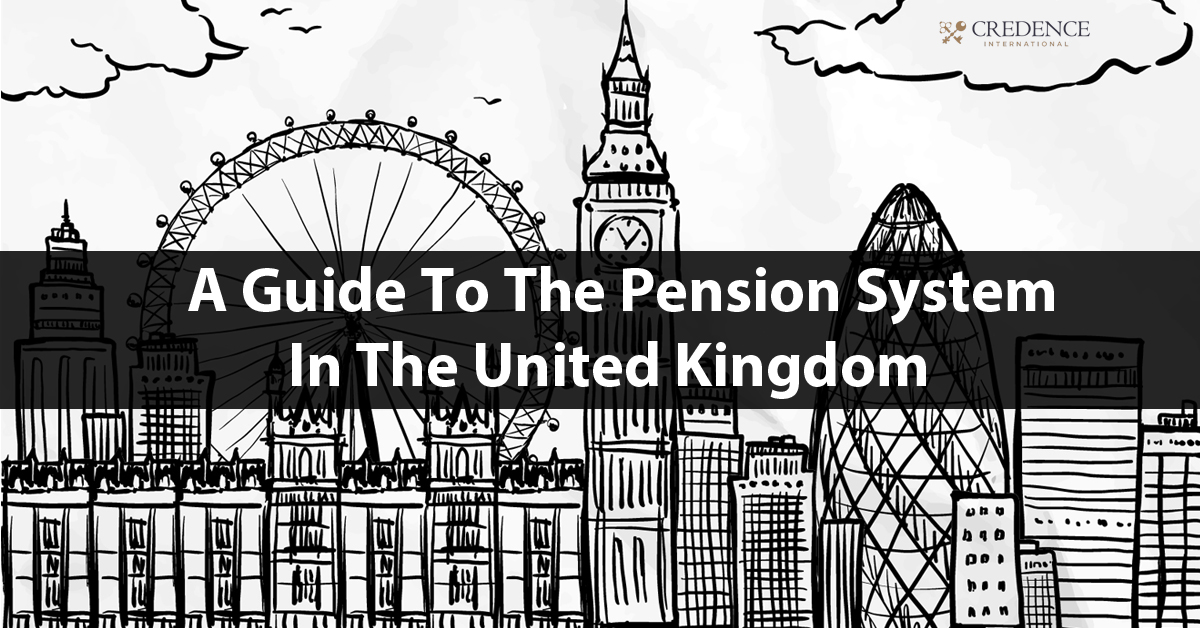A guide to the pension system in the United Kingdom
The UK system was first laid down in the years following the Second World War with a state pension paying a guaranteed retirement income to replace the income of workers who gave up their jobs at the age of 65. Over the intervening years, successive governments have tinkered with the pensions system leaving the retirement savers with pages of hugely complicated rules.
How the UK pension system works
Pension experts explain the framework with a tiered structure –
- Tier 1 is paid for by the government and provides a state pension everyone can access that pays a guaranteed minimum income in retirement. In practise, the payment varies between individuals depending on how much national insurance contributions they paid during their working life.
This pension starts when an individual reaches the state retirement age. Between April 2016 and December 2018 this is 65 for women. Between December 2018 and October 2020, the retirement age for men and women will rise to 66. From 2026 to 2028 the state pension age for both men and women will start climb to 67.
To qualify for the full state pension rate from April 2016, individuals must have 35 years of the correct level of national insurance contributions. The basic flat rate state pension is £159.55 a week from April 2017.
- Tier 2 has been scrapped in favour of a flat rate pension for new retirees, but was also state funded and topped up the state pension with various additional payments that have changed over the years. Two of the most common top-ups are the old graduated pension and the State Earnings Related Pension Scheme (SERPS).
- Tier 3 are private and workplace pensions which take in all pensions that are not funded by the state. These pensions are designed to redistribute a retirement savers income to their later years. In practise this means from the age of 55 years old.
Tier 3 pensions include workplace final salary pensions, the auto-enrolment scheme for employees and private pensions, such as a self-invested personal pension (SIPP), personal pension and expat pensions like the Qualifying Recognised Overseas Pension Scheme (QROPS).
Other savings and investments, such as ISAs may come with government tax incentives but are outside of the three-tier pension system.

